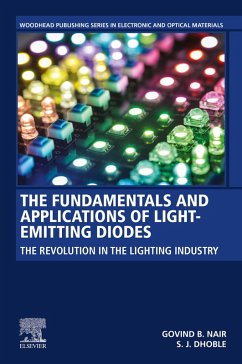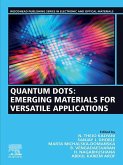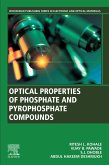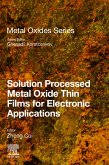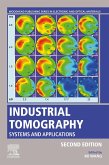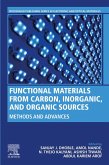The Fundamentals and Applications of Light-Emitting Diodes: The Revolution in the Lighting Industry examines the evolution of LEDs, including a review of the luminescence process and background on solid state lighting. The book emphasizes phosphor-converted LEDs that are based on inorganic phosphors but explores different types of LEDs based on inorganic, organic, quantum dots, perovskite-structured materials, and biomaterials. A detailed description is included about the diverse applications of LEDs in fields such as lighting, displays, horticulture, biomedicine, and digital communication, as well as challenges that must be solved before using LEDs in commercial applications.
Traditional light sources are fast being replaced by light-emitting diodes (LEDs). The fourth generation of lighting is completely dominated by LED luminaires. Apart from lighting, LEDs have extended their hold on other fields, such as digital communications, horticulture, medicine, space research, art and culture, display devices, and entertainment. The technological promises offered by LEDs have elevated them as front-runners in the lighting industry.
Traditional light sources are fast being replaced by light-emitting diodes (LEDs). The fourth generation of lighting is completely dominated by LED luminaires. Apart from lighting, LEDs have extended their hold on other fields, such as digital communications, horticulture, medicine, space research, art and culture, display devices, and entertainment. The technological promises offered by LEDs have elevated them as front-runners in the lighting industry.
- Presents a concise overview of different types of light-emitting diodes (LEDs) based on inorganic phosphors, organic materials, quantum dots, perovskite-structured materials, and biomaterials
- Includes a discussion of current and emerging applications in lighting, communications, horticulture, and medical fields
- Addresses fundamentals, luminescence mechanisms, and key optical materials, including synthesis methods
Dieser Download kann aus rechtlichen Gründen nur mit Rechnungsadresse in A, B, BG, CY, CZ, D, DK, EW, E, FIN, F, GR, HR, H, IRL, I, LT, L, LR, M, NL, PL, P, R, S, SLO, SK ausgeliefert werden.
"LED lamps are quickly replacing conventional lighting and are also enabling many new applications such as vertical indoor agriculture, medical uses for skin therapy, display technologies, digital communication, and entertainment. This book examine many new lighting applications enabled by LED technology along with details on LED fabrication, LED design and construction, spectral properties, and an introduction to luminance and color rendering. While mainly intended for engineers and those with a technical background, anyone wanting to learn more about the applications of LEDs in the lighting industry and the limitations for LEDs would find this book interesting. There are also an extensive number of references in each chapter for more in-depth study." --IEEE

